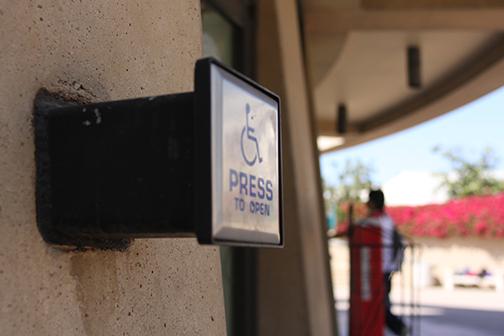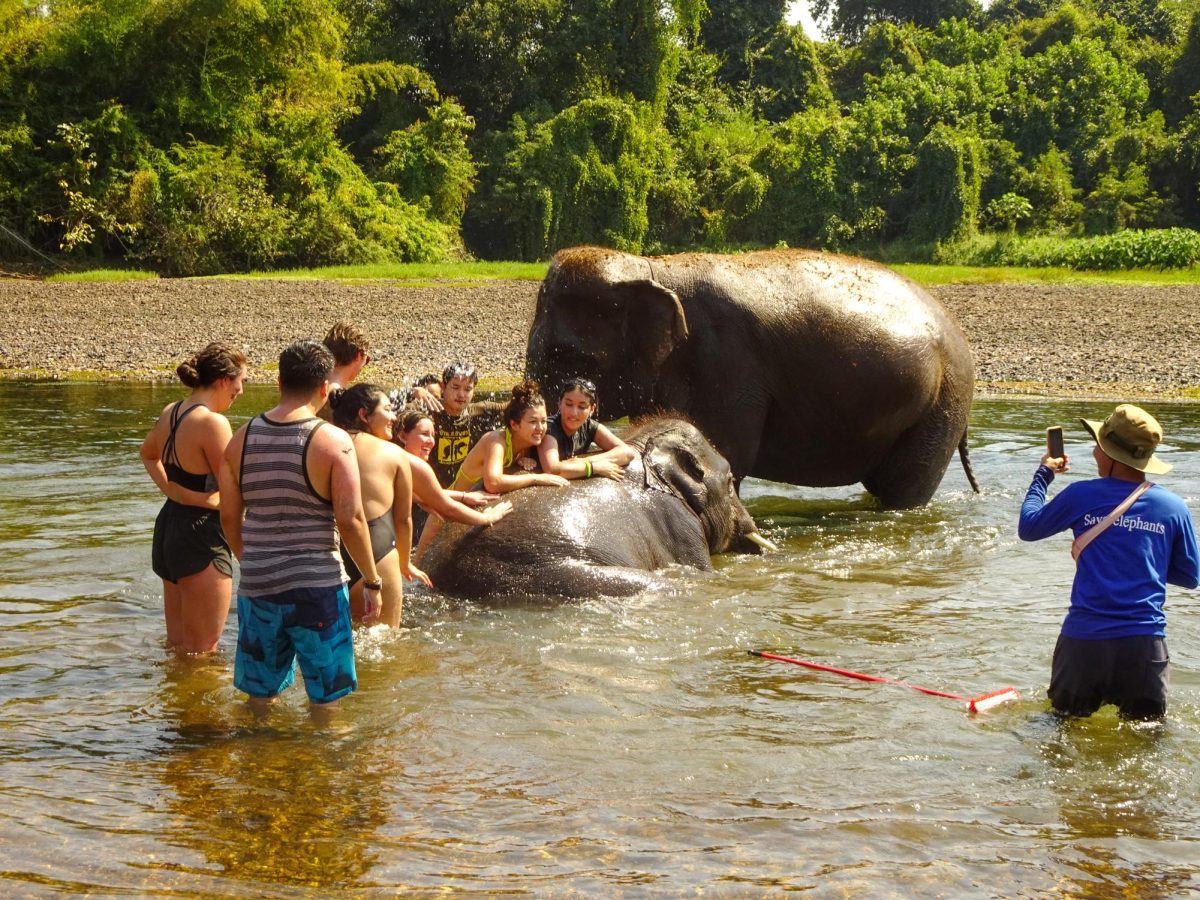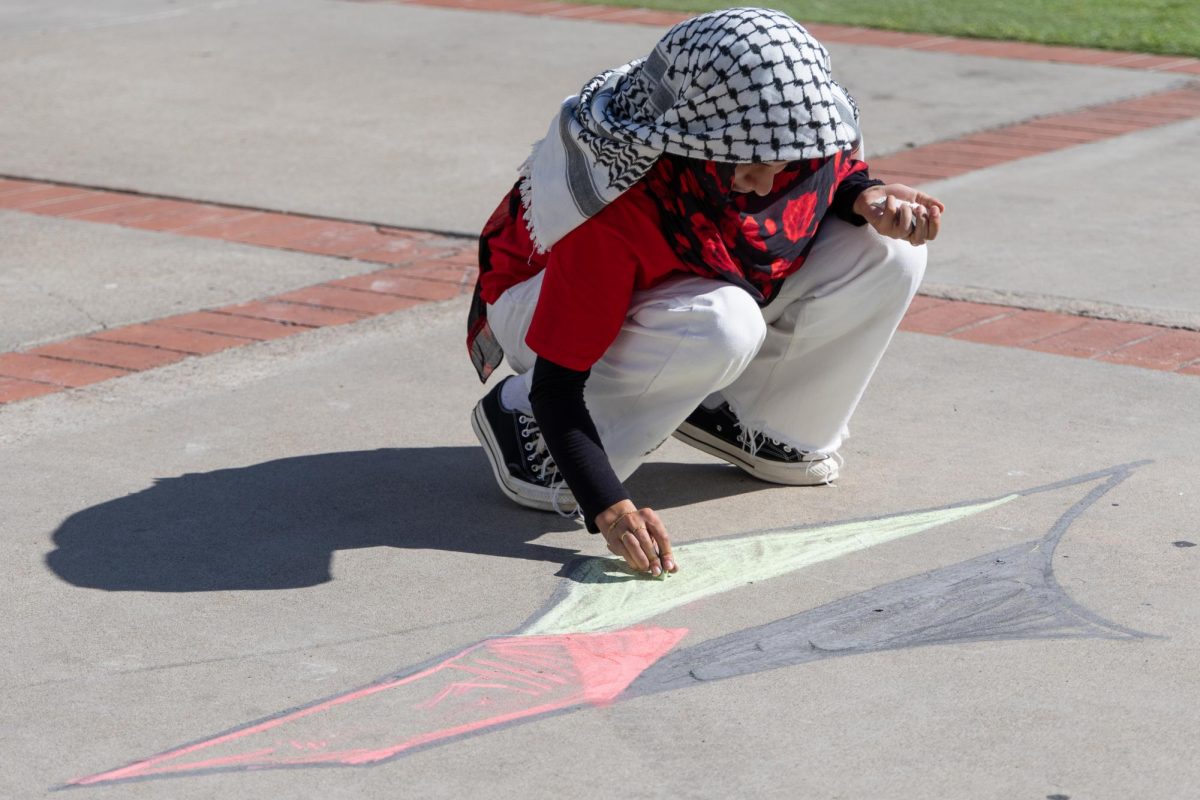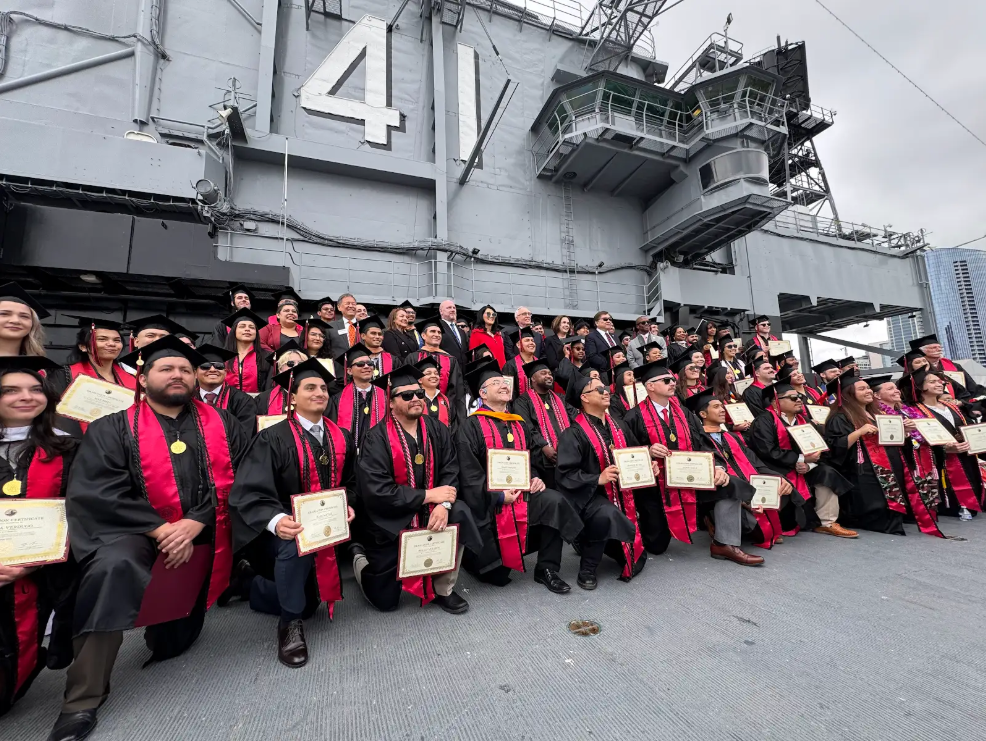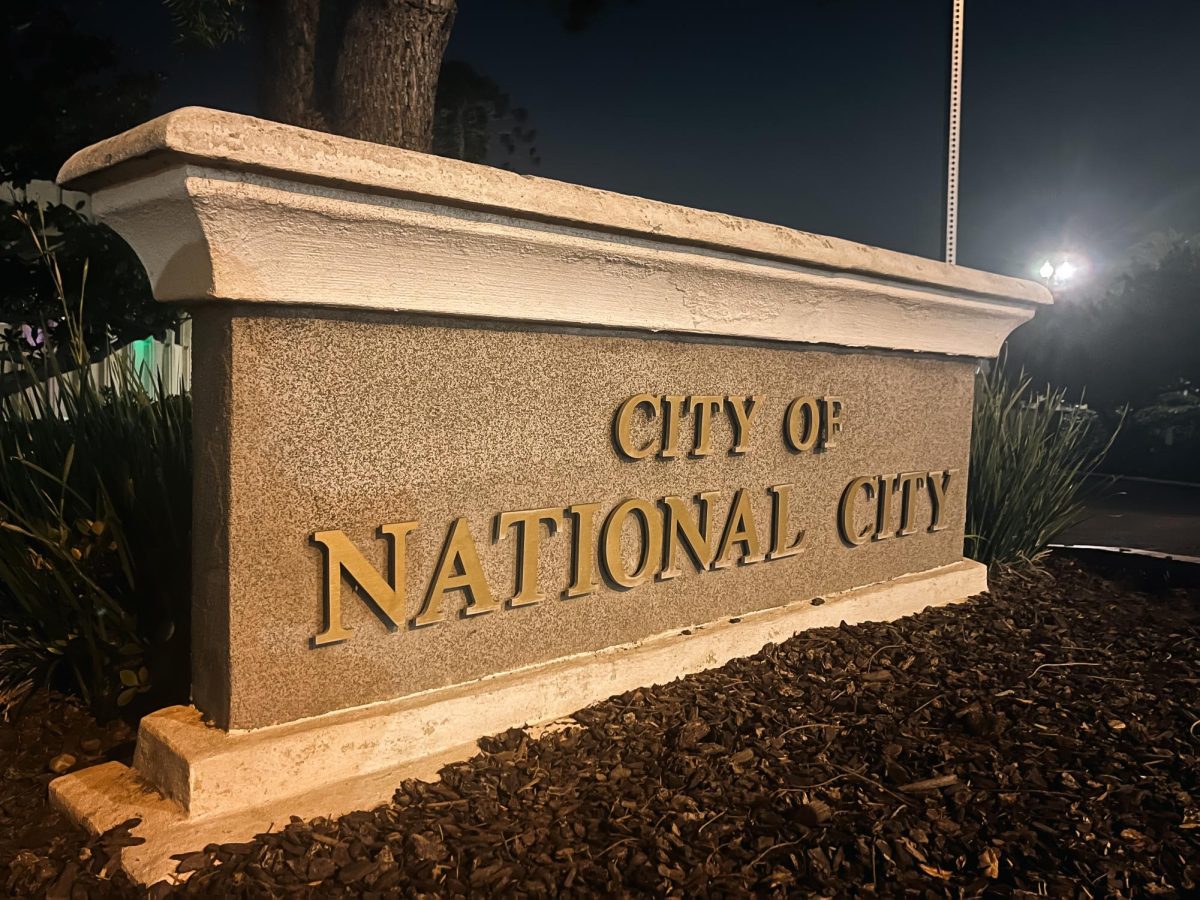Written by Arturo Garcia Sierra and Katrina Roseli
Navigating San Diego State’s campus can be difficult for wheelchair users, said rehab and counseling first-year graduate student Alex Fernandez.
Fenandez has used a wheelchair for 12 years.
Wheelchair users face many issues, including using the bike and and opening doors that are not automatic. The afternoon rush by the bike lane makes it hard for Fernandez to travel across Campanile Walkway.
“It makes me feel anxious because I don’t want to be hit by a bike,” Fernandez said.
The bike lane is on the radar of Student Disability Services, director Pamela Starr said. Even so Starr said she is still unsure of what action will be taken on the issue in the near future.
“How do we make it accessible when it is a pedestrian-only campus and people use skateboards, bicycles or scooters?” Starr said.
In addition to the bike lane, Fernandez said not having automatic doors is a problem.
Psychology senior Christine Perez, who also uses a wheelchair, echoed Fernandez’s complaint.
Perez said the main problem with doors is doorknobs, which can make it difficult for wheelchair users to open doors and wheel through.
The Americans with Disabilities Act of 1990 has a regulation against doorknobs, Starr said.
“If there’s a doorknob on a door on this campus then I need to know,” she said.
Perez said she encounters another problem once inside the classroom. SDS places a special desk in each of her classrooms for her to use, but it’s common for the desk to either be in an uncomfortable location or for other students to ignore the disabilities sign and use the desk for themselves, forcing her to sit elsewhere.
“The only place where I can sit on one of my classes is right by the door and right by the trash, and that alone is emotionally awkward,” Perez said. “When people come in and out to use the restroom, or come in late or leave early, I always have to move. I’m blocking the doorway.”
Starr said she imagines classrooms are crowded, leaving little space for large desks. If this is the case, she said students should share their concerns with her early in the semester so SDS can find another venue for the class.
“If the student is experiencing that, they need to let us know because unless we hear their voice about issues with access, we here at Student Disability Services can’t do anything,” Starr said.
Starr said the SDSU campus is up to code compared to other institutions where she has worked.
“Given the size of this campus, the hilliness and the age of some of these buildings, it’s pretty darn accessible,” Starr said.
But, Perez said the campus is generally hard to navigate because of its hilly terrain. She said when she first arrived at SDSU, she thought SDS provided a cart with a ramp that elevated wheelchair users and transported them to and from their classes if they wished. She said she later learned the cart had broken years ago and to this day has not been fixed or renewed because of SDS’s monetary limitations.
However, Starr said SDS has two carts, one that can be used by people who use manual wheelchairs, and one for people who use electronic wheelchairs; the latter is the one with the ramp.
Manual wheelchair users have to transfer from their wheelchair into the cart either on their own or with their own personal care assistance—cart drivers can’t assist them, Starr said.
Learning Disability Coordinator and former Interim Project Director of SDS Don Kirson said SDSU’s challenge is that it was built before the disability laws were put in place. Kirson said SDS took a person in a wheelchair around SDSU to see the issues firsthand.
“When something isn’t accessible, the university doesn’t try to spare expense,” Kirson said. According to the ADA, educational institutions need to modify their academic requirements to guarantee students are not at a disadvantage because of a disability. Institutions must provide auxiliary aids to further prevent discrimination.
“(The) ADA is a civil-rights movement,” Starr said. “It’s really about equal access.”
Everything is determined case-by-case Starr said.
“It’s an ongoing process,” she said. “As we find out about things, the university mobilizes to fix things.”
Starr said she encourages students to tell her their concerns by calling SDS at 619-594-6473 or visiting its office at the Calpulli Health Center on the third floor in Suite 3101.



